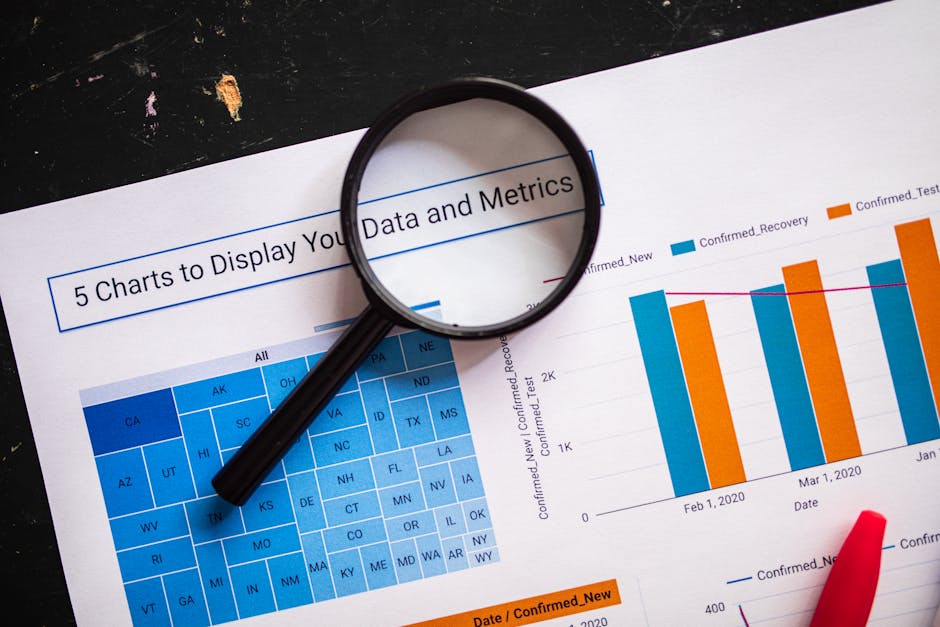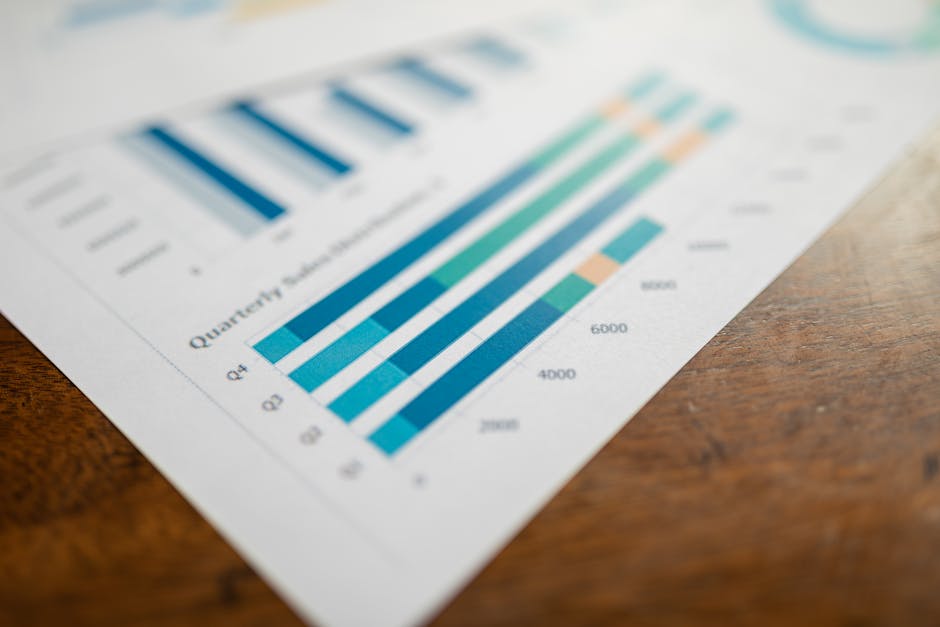Harnessing Forecast Precision
In today’s fast-paced marketplace, precision in data metrics can make the difference between impactful decisions and missed opportunities. Real-world examples prove that when businesses transform raw data into actionable forecasts, success follows. This section delves into KPI projection—how leaders are shifting from chasing numbers to building reliable predictive models.
Industry examples, including insights from innovators like Salesforce Einstein, highlight that the challenge is not collecting data but refining it. By measuring key metrics—such as revenue per visitor and conversion lag—experts uncover the nuances that drive discrepancies and forecasting errors, ensuring that projections closely match actual outcomes.

- KPI Projection
- The process of converting historical and current data into accurate forecasts, often using algorithmic models to predict future performance.
Strategic Insights into Region Prioritization
A marketplace's growth is closely linked to where it focuses its efforts. When regional strategies are backed by data, businesses can properly identify areas ripe for expansion. Historical movements, such as Netflix’s localized content push, serve as prime examples of how regional prioritization transforms business dynamics.
By aligning regional forecasts with broader business goals, decision-makers can spot critical market signals—ranging from urban innovation clusters to saturation indicators—that drive where to target investments. This focus ensures every regional move is strategic, reducing guesswork and boosting overall market agility.
- Region Prioritization
- The identification and targeting of specific geographical areas based on robust, often local, market data to drive strategic business decisions.

Advanced Experiment Tracking for Operational Agility
Experiment tracking is the crucible in which ideas are tested and refined. This discipline extends beyond conventional dashboards; it embodies a rigorous approach that involves consistent feedback loops and agile adaptation. By establishing structured protocols, businesses can systematically measure and learn from each experiment.
Real-life cases from dynamic market centers like San Francisco and Austin underline a methodology where internal tool changes and prompt-based systems are meticulously tracked. This ongoing cycle not only refines current practices but also prevents the need for constant reinvention of reporting formats.
- Experiment Tracking
- A systematic approach to monitoring, evaluating, and refining business experiments to promote sustainable innovation and operational improvement.
Comparative Overview
The following table contrasts the core metrics of KPI projection, regional signals, and experiment tracking to provide a comprehensive snapshot of each area’s distinctive characteristics and strategic importance.
| KPI Projection | Region Prioritization | Experiment Tracking |
|---|---|---|
| Focus on algorithm-driven forecasts | Analyzes local market dynamics | Implements structured feedback loops |
| Emphasizes revenue per visitor | Measures market saturation and innovation hubs | Monitors agile testing protocols |
| Challenges include forecast vs. actual mismatches | Relies on regional economic signals | Prevents dashboard reinvention issues |
| Uses advanced AI (e.g., Salesforce Einstein) | Optimizes resource allocation regionally | Evaluates prompt-based system performance |
| Considerations: The table summarizes strategic aspects to focus on while building internal dashboards and operational frameworks. Additional comparisons can be found by searching for "region priority recommender", "kpi projection dashboards", and "experiment tracking". | ||
Expert Insights and Actionable Frameworks
Voices like Maxim Tarasevich and Vaseem Sathar have sharpened the dialogue around metrics, proving that blending forward-looking indicators with robust data is a winning strategy. Their discussions point to a necessary mix of rapid iteration and consistency in internal tools for true operational excellence.
To immediately apply these insights, consider these actionable steps:
- Develop precise KPI models by incorporating historical trends and predictive analytics;
- Create region-specific dashboards that merge local market data with overarching performance metrics;
- Implement an iterative experiment tracking cycle with clear benchmarks and regular reporting to drive continuous improvement.
These methodologies are grounded in case studies and empirical evidence, providing a roadmap for turning overwhelming data into legacy-impacting decisions.
In transforming your approach, remember that every carefully measured experiment, meticulously prioritized region, and accurately projected KPI builds a lasting imprint on your marketplace.